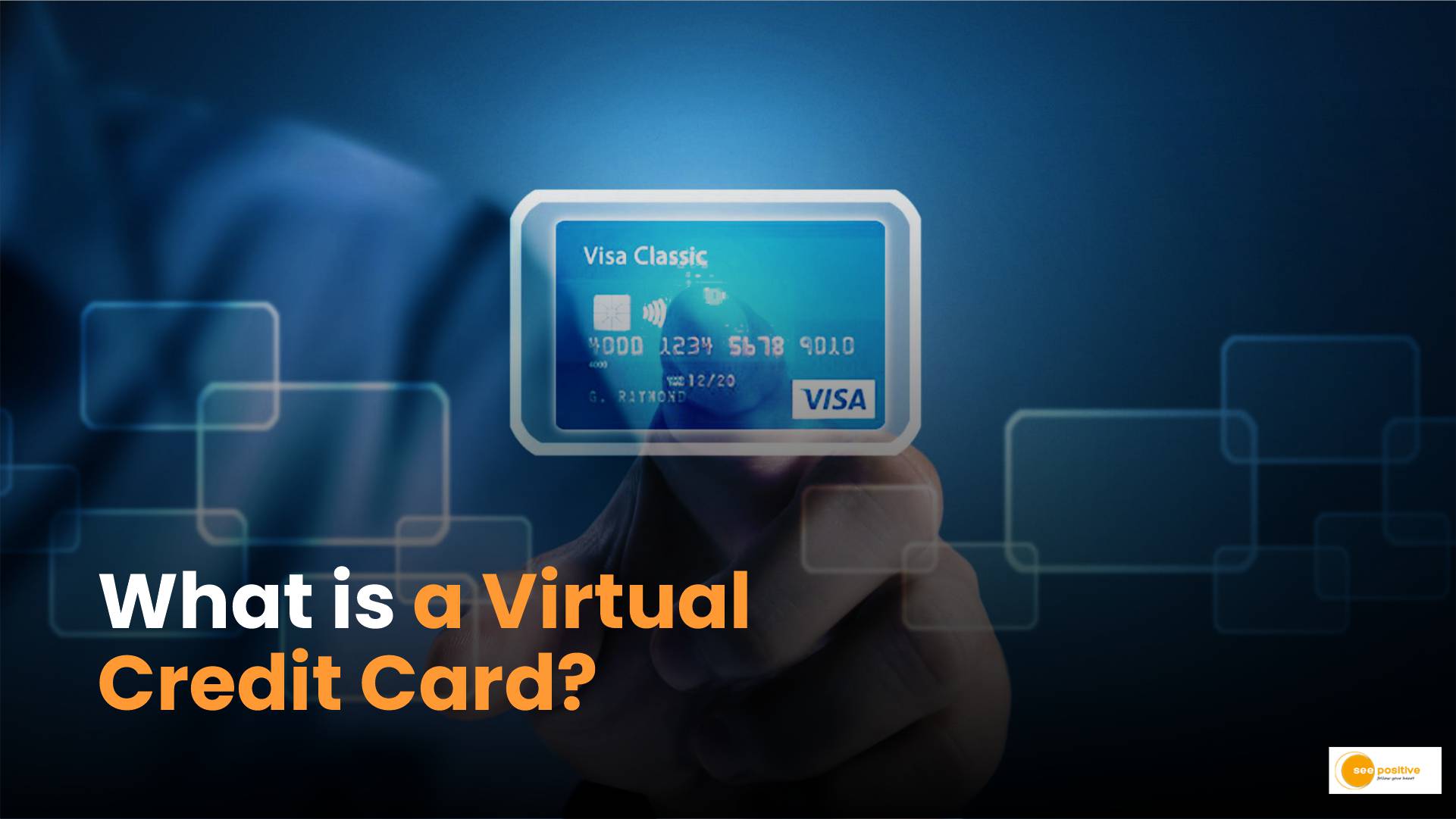In an era where online transactions are becoming the norm, virtual credit cards have emerged as a secure and convenient payment option. They offer a level of security and flexibility that traditional credit cards sometimes can’t match. In this article, we will explore what virtual credit cards are, their features, and the benefits they offer to users.
Understanding Virtual Credit Cards
A virtual credit card, also known as a disposable or temporary credit card, is a unique card number that is generated online for single-use or limited transactions. It functions like a regular credit card but is designed primarily for online or over-the-phone purchases. Virtual credit cards are typically issued by major credit card companies, banks, and financial institutions.
Features of Virtual Credit Cards
- Single-use or Limited Transactions: Virtual credit cards are often generated for one-time use or for a specific period, making them ideal for online shopping or subscriptions.
- Enhanced Security: Since virtual credit cards are not physically issued, they are less vulnerable to theft or fraud. Many virtual credit cards come with dynamic CVV (Card Verification Value) codes that change with each transaction, adding an extra layer of security.
- Controlled Spending: Users can set spending limits and expiration dates for virtual credit cards, giving them better control over their finances and subscriptions.
- Convenience: Virtual credit cards can be easily generated and managed online, often through banking apps or websites, making them convenient for users who prefer digital transactions.
- Compatibility: They are widely accepted for online purchases across various platforms, including e-commerce websites, streaming services, and subscription-based businesses.
Benefits of Using Virtual Credit Cards
- Security: Virtual credit cards reduce the risk of fraud and unauthorized transactions, offering peace of mind to users concerned about online security.
- Privacy: They help protect users’ personal and financial information since the actual credit card details are not exposed during online transactions.
- Flexibility: Users can generate multiple virtual credit cards with different spending limits and expiration dates, tailored to specific online purchases.
- Reduced Subscription Hassles: For subscriptions and recurring payments, users can create virtual credit cards with limited funds, ensuring that they are not overcharged.
- No Impact on Primary Credit Card: Virtual credit cards are separate from users’ primary credit card accounts, preventing any impact on their credit scores or credit limits.
How to Get a Virtual Credit Card
Getting a virtual credit card usually involves the following steps:
- Choose a Provider: Select a bank or financial institution that offers virtual credit card services.
- Apply Online: Fill out an application form and provide necessary identification and account information.
- Generate the Card: Once approved, users can generate a virtual credit card number through the provider’s website or app.
Conclusion
Virtual credit cards provide a secure and flexible way to make online transactions without exposing users’ sensitive financial information. With features like enhanced security, controlled spending, and convenience, they are becoming increasingly popular among consumers who prioritize safety and privacy in their online transactions.
Whether you are concerned about online security, looking for a way to manage subscriptions more effectively, or simply prefer the convenience of digital transactions, virtual credit cards offer a practical solution.
For more information on virtual credit cards or to explore whether they are right for your financial needs, contact your bank or financial institution today.


